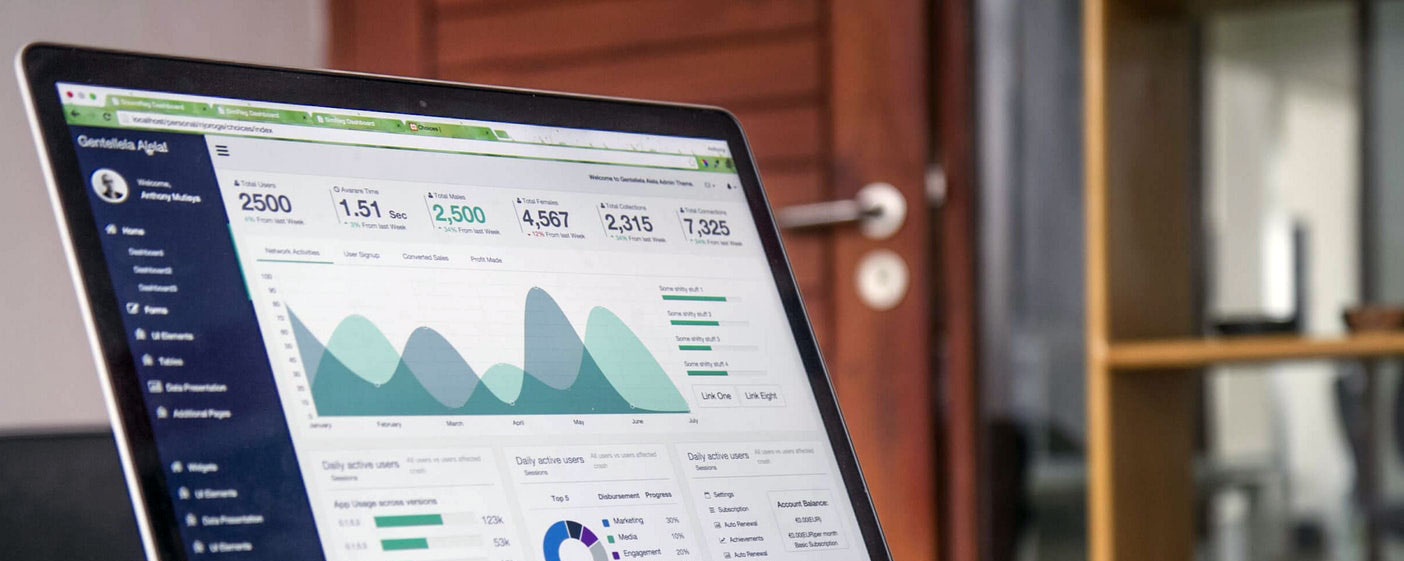How to repair your burnisher - and why you need to!

A burnisher is a must-have for stone setting but must be maintained. Find out how and why!
A burnisher is a must-have for stone setting - and for many other jobs too! However, burnishers must be looked after carefully if they are going to give you the best results.
To find out why and how to look after them read on!

Burnishers need to be lovely and smooth
If your burnisher isn't smooth, if it has scratches and dents on the steel and you continue to use it on your silver those scratches will leave unsightly marks on your work. And those marks will then have to be removed! It is far better to keep an eye on your burnisher and bring it's beautiful smooth surface back than to spend ages cleaning up your silver. After all, as they say, prevention is better than cure!

Sand them out...
It is possible to use motorised tools, attachments on a pendant drill for example, to clean and polish tools but when it comes to small tools like burnishers I prefer to do the job by hand. I find it easier to follow the shape of the tool that way and get the job done with surprisingly little effort. Just as you would with marks on your silver, the first job is to sand the scratches out.
Work your way through a good range of grades of emery paper. You will need to spend longest with the coarsest paper as that's the one that's actually removing the marks. The following grades are removing the marks left by the previous grades of paper until you get close to a polished surface!

A few useful tips...
• try to alternate the direction you sand with each piece of emery paper - if you sand side to side with the first piece, sand up and down (at right angles) with the next piece. This gets the best results most efficiently.
• follow the shape of the burnisher, whether it's straight or a bent one like mine.
• sand with your emery paper held on a flat hard surface if possible. Again, this makes your sanding more efficient.
• don't be afraid to go back a step! If you've moved on to a finer grade of emery paper but still notice clear marks that you can't get rid of easily, go back to the coarser grade for a little longer.
• remember to keep these pieces of emery paper separate from the pieces you use on your silver to prevent cross-contamination.

Get polishing!
Once you've finished all the sanding then the next job is to polish - just as you would with your silver!

Find a scrap of leather and apply polishing compound to the softer side. I prefer Luxi Blue for this job. Place your leather on a flat hard surface to make the polishing more efficient and bring up a beautiful polished shine on the steel!

All done!
One beautifully smooth steel burnisher, ready to help you set beautiful stones! Remember to keep checking your tools regularly. It's always easier to get rid of the scratches while they're still small!

To try to prevent them picking up marks as much as possible try storing them carefully so that they don't bang against other tools.
Want to learn more?
Get 15% off stone setting video classes by using "TJB15" at checkout
Categories: : how to, jewellery making tips, jewellery tutorial, problem solving, stone setting

Joanne Tinley
Tutor and Founder of The Jeweller's Bench
The Jeweller's Bench is run by Joanne Tinley. She has been making her own jewellery for as long as she can remember and left her first career as a school teacher to set up business as a jewellery designer and tutor nearly 20 years ago. She is
self-taught and like many people started with wire and beads. Learning how to solder, however, opened up a whole new world of jewellery making, one that she is keen to share!
 Joanne Tinley
Joanne Tinley 



